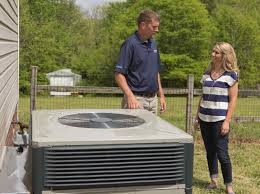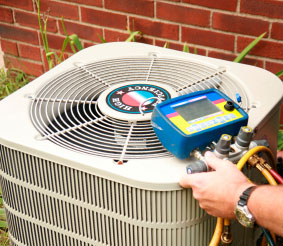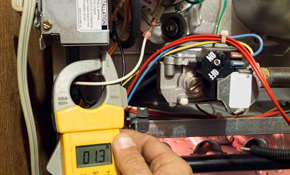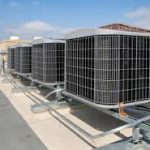In most ways, a heat pumps works in the same fashion as an air conditioner. Both use indoor and outdoor units, circulate refrigerant to move heat, absorb and release heat through indoor and outdoor coils, and use a compressor to apply energy to the refrigerant. But here are three crucial differences between them:
ONE – The Reversing Valve
This is the key component that allows a heat pump to both heat and cool a home and differentiate it from an AC. This valve changes the direction of refrigerant as it leaves the compressor, sending it either to the indoor coil or outdoor coil first. Depending on the position of the valve, the heat pump will operate in either heating mode or cooling mode.
TWO – The Suction Line Accumulator
A heat pump uses less refrigerant when in heating mode than in cooling mode. Since a heat pump cannot lose refrigerant, it must have some place to store the extra refrigerant while in heating mode. This is the job of the suction line accumulator, which is located between the reversing valve and the compressor.
THREE – Dual condensate drainage systems
A standard air conditioner has only one drainage system, located in the indoor cabinet to catch moisture condensation. But because a heat pump collects moisture in both the indoor and outdoor unit, it needs to have two sets of condensate drainage systems.






